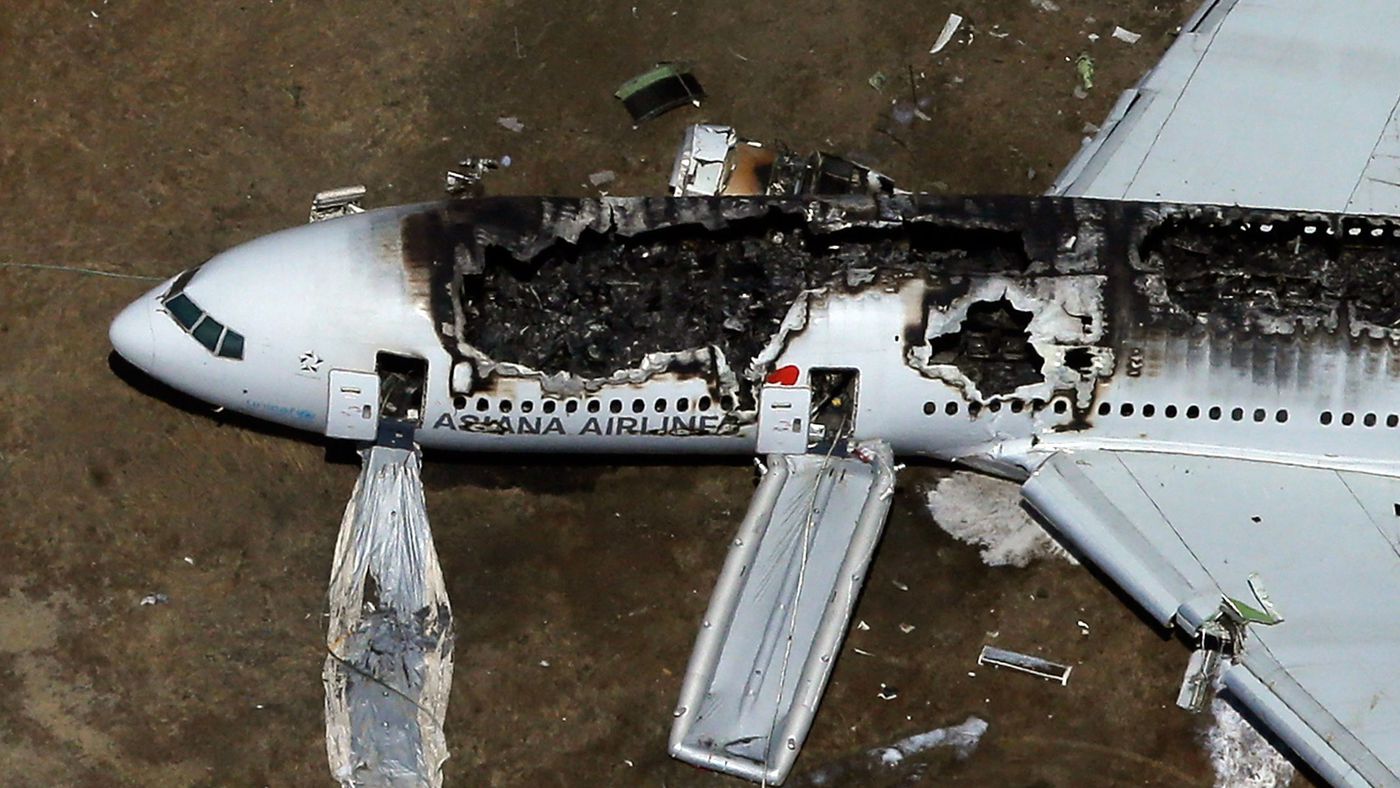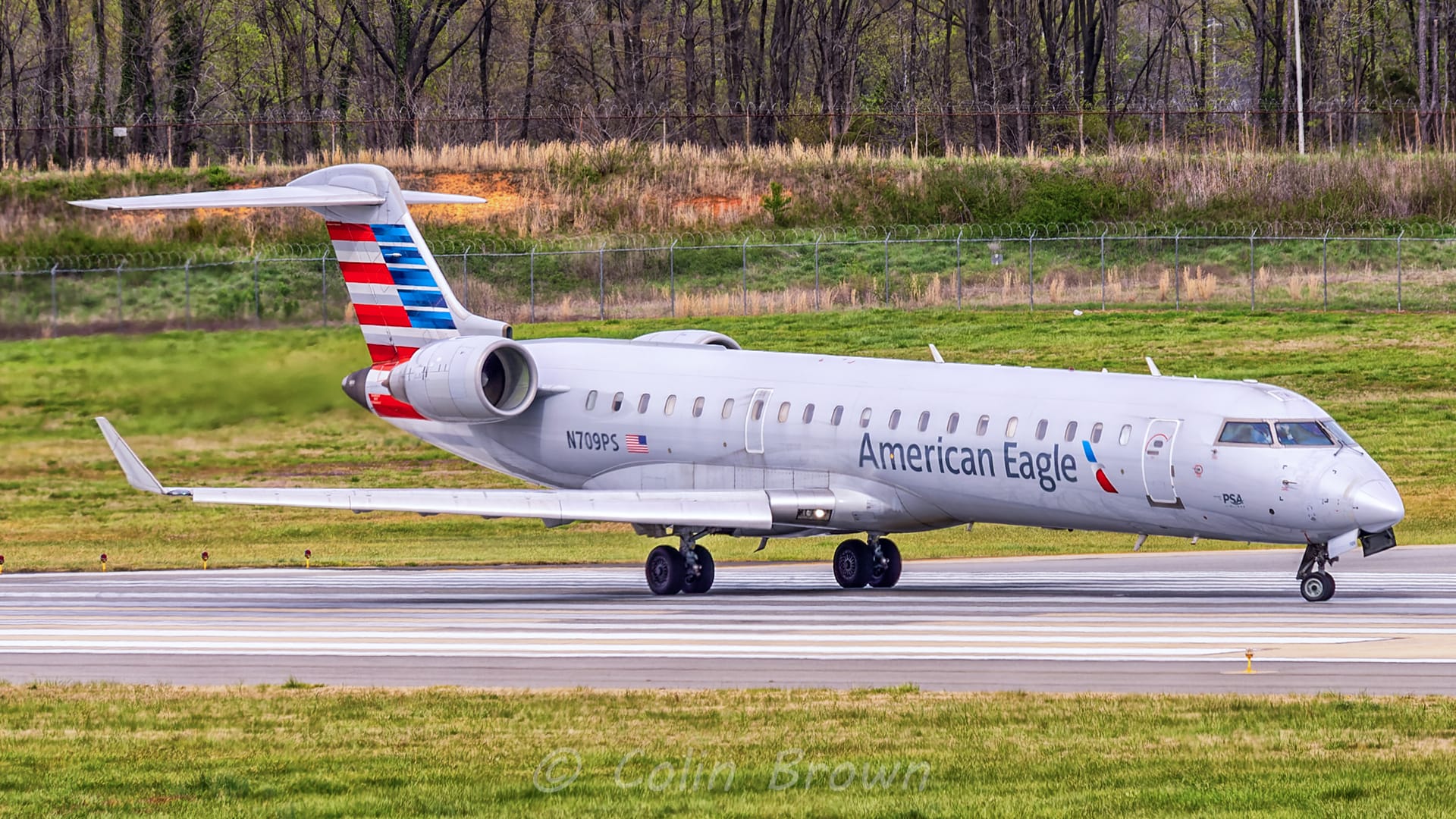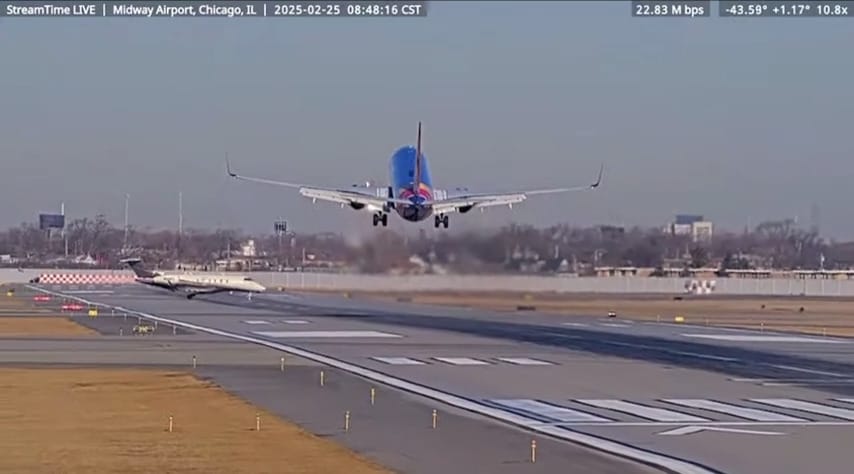Aircraft Accident Classification: What Defines an Aircraft Accident?

An aircraft accident, as defined by the International Civil Aviation Organisation (ICAO), is an occurrence linked to the operation of an aircraft during the span of time from when the first person boards with the intention of flight until the last person disembarks. During this time, if a person is fatally or seriously injured, or the aircraft undergoes damage or structural failure, or if the aircraft goes missing or becomes completely inaccessible, such occurrence is classified as an aircraft accident.
Each aircraft accident is given further classification depending on damage to the aircraft, status of the passengers, and monetary loss of the aircraft. In the United States it is the National Transportation Safety Board (NTSB) who classify and investigate such incidents. This not only applies to commercial aircraft but civilian aircraft as well.
Fact: The following scenarios are not classified as accidents: experimental test flights, sabotage, hijacking, terrorism, or direct military action.
Classifying an Aircraft Accident
Aircraft accidents are classified in various ways including by the level of damage incurred, by the extent of injuries caused, or by the cost of the damage to the aircraft. Let's delve deeper into these classifications:
Damage Classification
- Destroyed: The aircraft is irreparable or the cost of repairs surpasses 50% of the cost of the aircraft when it was new.
- Substantial: Damage or failure that negatively impacts the structural strength, performance, or flight characteristics of the aircraft. This usually requires major repair or replacement of the affected component. Damage limited to an engine, bent or dented skin, damage to landing gear (including wheels and tires), flaps, or wingtips are not included in substantial damage.
- Minor: Damage that neither destroys the aircraft nor causes substantial damage.
Injury Classification
- Fatal: An injury resulting in death in the accident itself or up to 30 days after the accident.
- Serious: An injury that necessitates more than 2 days of hospitalization up to 7 days after the accident. Fracture of any bone (except simple fractures of fingers, toes, or nose). Serious injuries also include damage to an internal organ, muscle, tendon damage, any second or third-degree burn, or any burn covering more than 5 percent of the body.
- Minor: An injury that necessitates less than 2 days of hospitalization up to 7 days after the accident.
Types of Aircraft Accidents
Along with classification of an accident they are further categorized into types of accidents, each one requiring their own type of investigation and cause.
Hull Loss Accident
A hull loss accident is when the aircraft damage is irreparable, or the aircraft is damaged but not repaired. This category also includes incidents when the aircraft is missing or if the wreckage is inaccessible.
Major Accident
An accident is categorized as major if any of the following three conditions are met:
- The aircraft is destroyed
- There were multiple fatalities
- There was one death and the aircraft sustained substantial damage
Fatal Accident
A fatal accident causes one or more fatalities to the occupants of the aircraft.
Substantial Damage Accident
A substantial damage accident is when the aircraft sustains substantial damage.
Serious Accident
A serious accident is one where either of the following two conditions are met:
- A single fatality without substantial damage
- At least one serious injury and the aircraft is substantially damaged
Minor Accident
A minor accident is when the aircraft sustains minor damage.
Aircraft Incident
An aircraft incident is an occurrence other than an accident that affects or could affect the safety of operations.
The Difference Between an Aviation Accident and Incident
Accidents and "serious incidents" need to be reported to the NTSB, while non-serious incidents do not require reporting, as per regulations. Accidents or "serious incidents" are not reported to the FAA unless it requests information as part of an investigation.
For Example: A "serious incident" is an event such as a complete loss of information from more than 50 percent of an aircraft's cockpit displays. And an "accident" is an event such as the collapse of a landing gear during touchdown.
Legal Definitions and Implications
According to the U.S. Federal Aviation Administration (FAA) and the Convention on International Civil Aviation (ICAO), an aviation accident is an occurrence that is directly associated with the operation of an aircraft. It is considered an aviation accident when a person on the aircraft is seriously or fatally injured, and the aircraft itself sustains damage. It's crucial to understand the legal classifications of these incidents for reporting purposes and potential compensation in the event of an accident.
Final Thoughts
Unknown to the general public an aircraft accident or incident is not a one size fits all statement. They are clearly laid out by federal regulations and the international community to standardize and provide guidance when problems do arise with an aircraft. Overall it is meant to be a safety tool to identify, classify, and resolve safety issues and ensure that it doesn't happen again.





